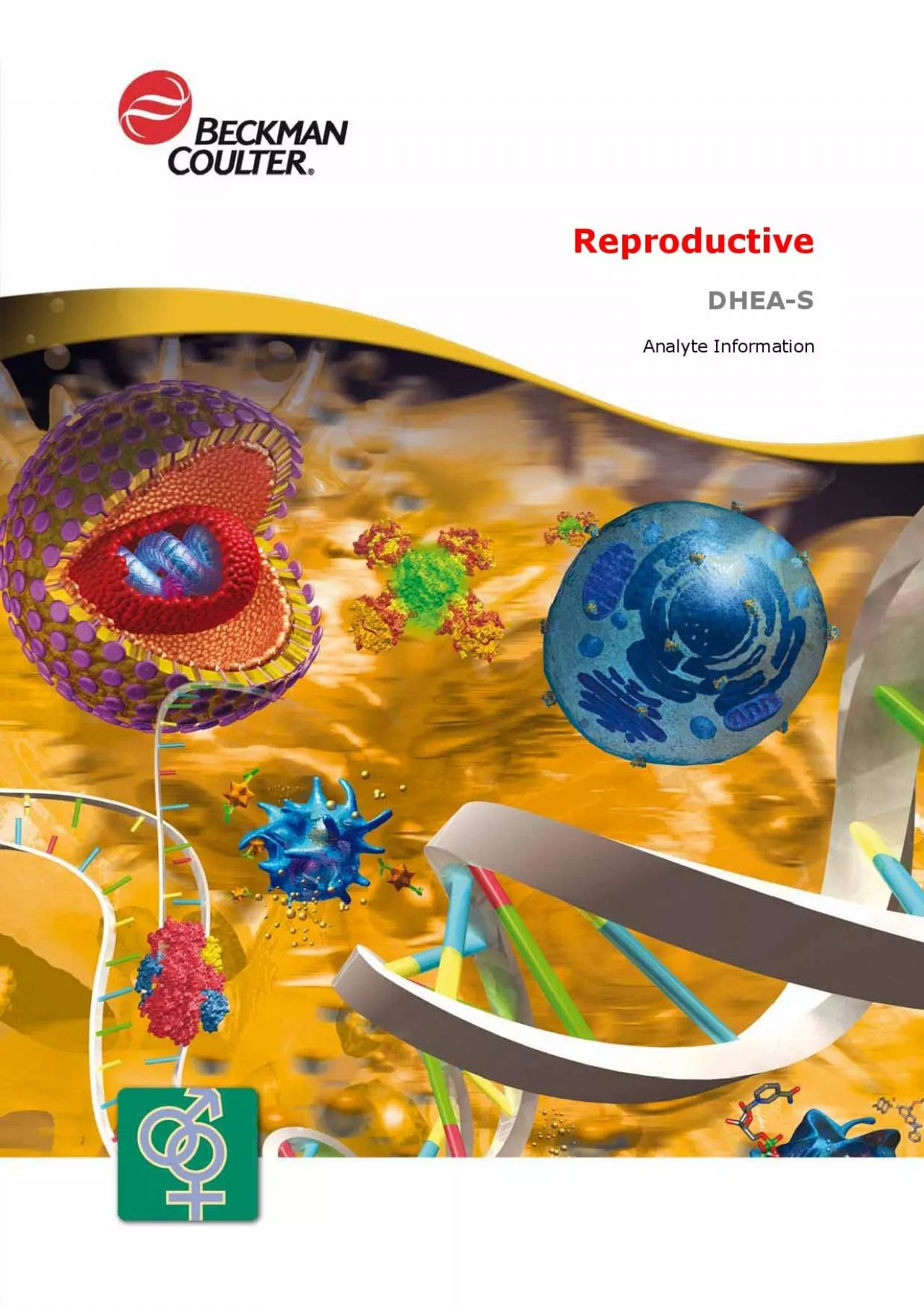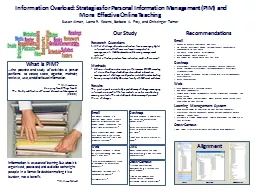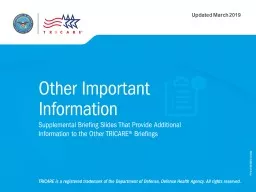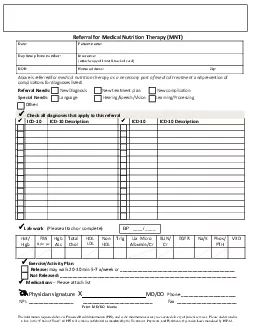PDF-DHEASAnalyte Information
Author : jovita | Published Date : 2022-09-03
1 7 DHEAS in contrast DHEA production is on the level of 4 mg per day Maximal values of circulating DHEAS are reached between the ages of 20 and 30 Thereafter
Presentation Embed Code
Download Presentation
Download Presentation The PPT/PDF document "DHEASAnalyte Information" is the property of its rightful owner. Permission is granted to download and print the materials on this website for personal, non-commercial use only, and to display it on your personal computer provided you do not modify the materials and that you retain all copyright notices contained in the materials. By downloading content from our website, you accept the terms of this agreement.
DHEASAnalyte Information: Transcript
Download Rules Of Document
"DHEASAnalyte Information"The content belongs to its owner. You may download and print it for personal use, without modification, and keep all copyright notices. By downloading, you agree to these terms.
Related Documents














